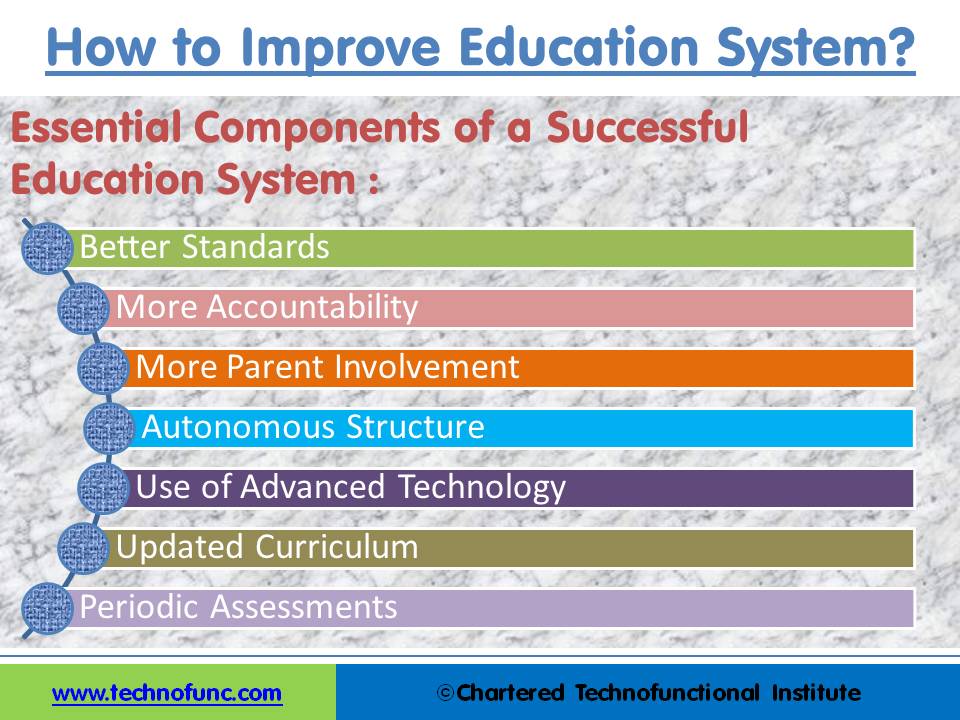How can we improve our education system? – Our education system is a cornerstone of our society, shaping future generations and driving progress. However, it’s not without its flaws. From outdated teaching methods to funding disparities, there are numerous areas where we can, and must, improve. This discussion explores potential solutions to create a more effective and equitable learning environment for all students.

One key area of improvement is fostering a more engaging learning environment. Students often feel disconnected from the material, leading to apathy and a lack of motivation. We can address this by incorporating more interactive and hands-on activities. Think project-based learning, collaborative group work, and real-world applications of concepts. This shift can transform passive learning into an active and exciting experience.
- Personalized Learning Paths: Tailoring instruction to individual student needs and learning styles. This could involve adapting curriculum, pacing, and assessment methods.
- Technology Integration: Utilizing technology effectively to enhance learning experiences. This includes interactive simulations, online resources, and digital tools for collaboration.
- Improved Teacher Training: Equipping teachers with the skills and resources to effectively implement innovative teaching methods and address diverse learning needs.
Another critical aspect is addressing the issue of funding disparities. Schools in disadvantaged communities often lack the resources to provide quality education. This disparity creates a significant achievement gap, perpetuating cycles of poverty and inequality. To mitigate this, we need to ensure equitable funding distribution, providing all schools with the necessary resources to support their students.
Furthermore, a focus on student well-being is crucial. Stress, anxiety, and mental health concerns can significantly impact a student’s ability to learn. Schools need to create a supportive and inclusive environment that addresses these issues. This might include implementing mental health programs, promoting social-emotional learning, and providing access to counseling services. By prioritizing student well-being, we can help them thrive academically and personally.
Assessment Reform: Moving beyond traditional standardized testing to encompass a broader range of assessment methods that accurately reflect student understanding and skills. This includes projects, presentations, and portfolios, offering a more holistic view of a student’s abilities.
By embracing these strategies, we can build a more effective and equitable education system that empowers all students to reach their full potential. Let’s work together to create a brighter future for our learners. It’s a collective responsibility that requires collaboration between educators, policymakers, parents, and students themselves.
